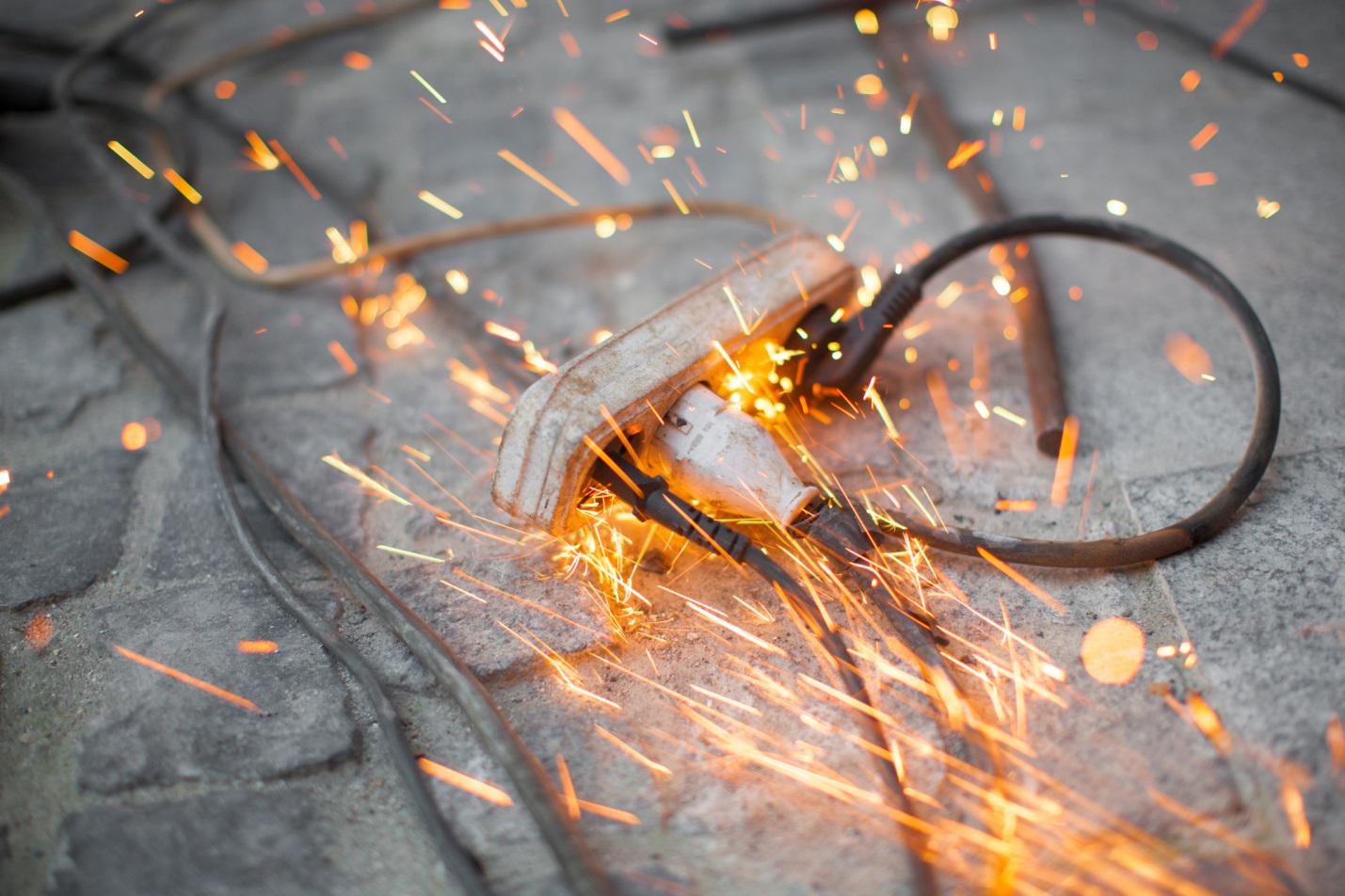Table of Contents:
- Risks of Untreated Tooth Loss
- Impact on Oral Health and Appearance
- How Tooth Loss Affects Daily Life
- Bone Loss and Facial Changes
- Overview of Tooth Replacement Solutions
- Longevity and Care of Replacement Options
- Emerging Dental Innovations
Risks of Untreated Tooth Loss
When a tooth is lost due to injury, decay, or gum disease, the effects reach far beyond the immediate gap. One of the first changes is that neighboring teeth shift toward the empty space. This natural tendency creates misalignments, which can cause crowding or spaces elsewhere in the mouth. Over time, your bite may change—researching a single dental implant in Newton, MA can help patients address this shift proactively—leading to uneven wear on remaining teeth and sometimes discomfort in the jaw joints. In cases where the missing tooth is a molar, the opposite tooth may even be super-erupt—moving out of its socket due to lack of contact. For those exploring options, learning more about implant-based restoration can shed light on long-lasting solutions to prevent these complications.
Impact on Oral Health and Appearance
Leaving a tooth gap untreated does more than affect your smile. As teeth shift, it becomes harder to keep them clean, increasing the risk of cavities and gum disease. Changes in spacing can also impact your ability to bite and chew properly, potentially leading to digestive problems or restricted diets. Beyond the functional risks, visible gaps—especially in the front—can influence self-esteem and may alter facial expressions over time. The cumulative effect is that oral health, appearance, and self-confidence are all at risk when a missing tooth isn’t replaced.
How Tooth Loss Affects Daily Life
Tooth loss can quietly impact day-to-day activities. Speaking may become challenging, particularly if the missing tooth helps form certain sounds. Chewing efficiency decreases, often leading people to avoid crunchy, fibrous, or hard-to-chew foods, which can influence overall nutrition and enjoyment of meals. Socially, missing teeth sometimes cause embarrassment or anxiety when smiling, talking, or laughing, altering how you interact with others. These daily inconveniences highlight the interconnectedness of dental health and overall well-being.
Bone Loss and Facial Changes
Each tooth root stimulates the jawbone, helping it remain strong. When a tooth is lost and not replaced, that stimulation ceases, and the bone in that area gradually shrinks—a process called resorption. Over time, loss of bone can change the shape of your face, causing the cheeks or lips to sink and creating a prematurely aged appearance. This process affects oral function and may make future dental restorations more complex or costly. According to the American Dental Association, dental implants are the only mainstream replacement option proven to prevent bone loss by acting as an artificial root within the jaw.
Overview of Tooth Replacement Solutions
There are a variety of proven tooth replacement solutions. Dental implants are a leading choice—they look and function like natural teeth and help preserve bone health. Bridges, another permanent option, fill the gap by anchoring to neighboring teeth. Removable partial dentures are more budget-friendly and suitable for those needing flexibility or avoiding surgery. While each method has distinct advantages, factors like oral health, lifestyle, and budget, all play a role in determining the best solution.
Longevity and Care of Replacement Options
The lifespan of any dental replacement depends on materials, technique, and oral hygiene. Implants often last decades—or a lifetime—with proper care. Bridges frequently need replacement after seven to ten years, while partial dentures may require repairs or adjustments within five to seven years. Maintenance is crucial; daily brushing, flossing, and regular dental visits help extend the success and comfort of any replacement. Dental experts recommend discussing these expectations during your consultation to select the right fit for your long-term health.
Emerging Dental Innovations
Modern dentistry moves quickly, and innovations change how patients manage tooth loss. Integrating 3D digital scanning and 3D-printed dental materials enables highly precise implants, crowns, and bridges with reduced turnaround times. Advancements in ceramic and resin materials make today’s restorations more attractive and durable than ever, and newer surgical techniques allow for less invasive placement and quicker recovery. Patients considering their options should feel encouraged by the expanding range of effective, natural-looking solutions available.










